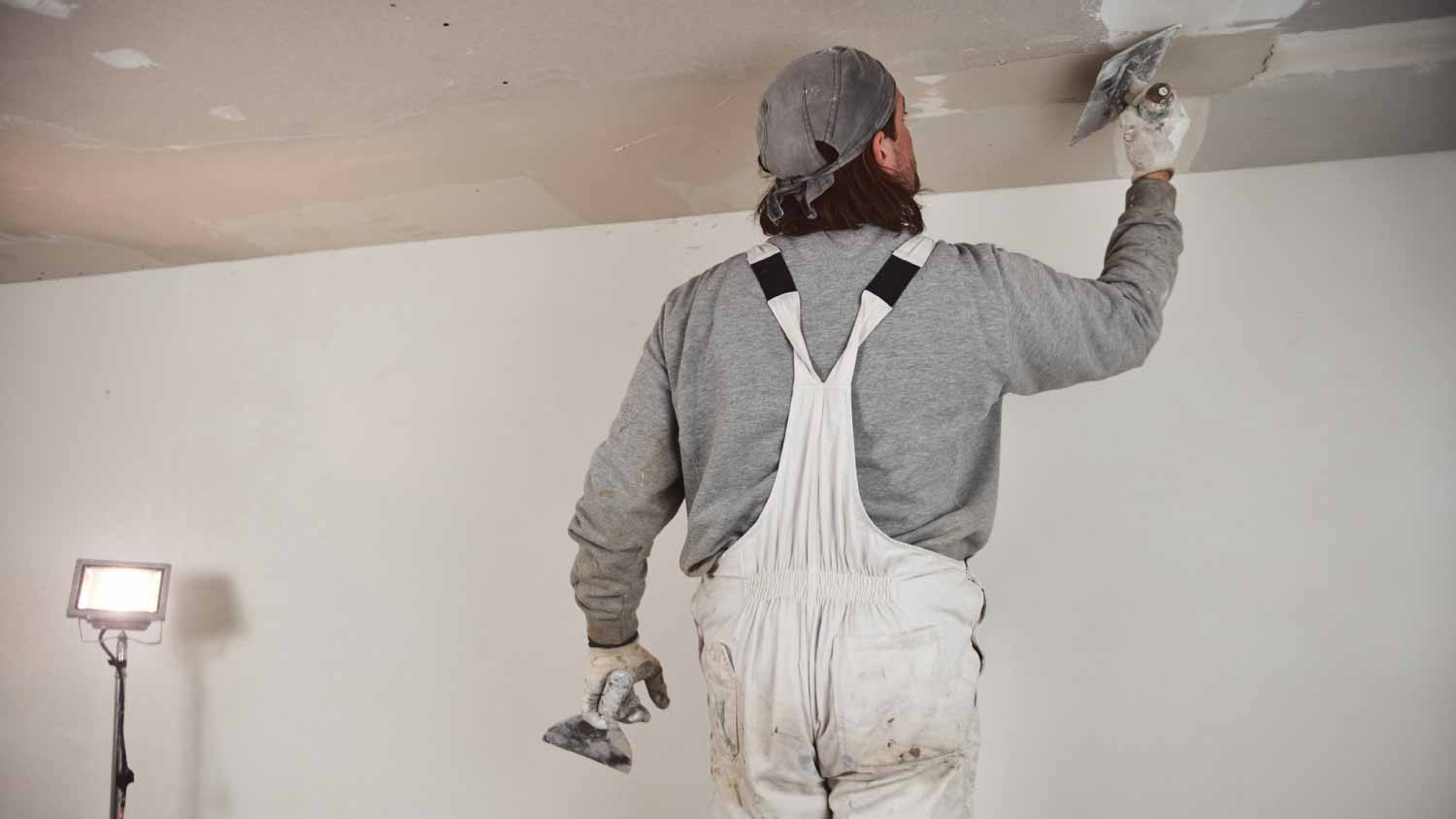
Need to get rid of lingering smoke odors in your home? Learn how much smoke remediation costs to budget accurately for this major undertaking.
Breathe easier with these smoke smell removal tips


If you live in an area with significant wildfire risk or have experienced a home fire before, you may know how overpowering the smell of smoke can be—especially when it gets into your home. Unfortunately, getting rid of that unwanted smoky scent isn’t always easy, but there are ways to do it. In this guide, we’ll explain how to get the smoke smell out of a house so you can breathe easily once again.
Whether it’s from a house fire or wildfire, the smell of smoke is often difficult to remove from your house. Not only is the scent unpleasant and irritating, but it might also impact your health, giving you headaches and making you feel nauseous.
Even if the smell doesn’t bother you, it might be a deal-breaker for a prospective homebuyer if you ever put your house up for sale. Getting rid of it will help you avoid potentially awkward conversations and make your home more attractive on the market.

If the smell of smoke is lingering in your home, these strategies may help you get it out. Keep in mind, though, that smoky scents can be tough to remove, and you may need to try a couple of different tactics to get rid of them for good.
Before you start cleaning your belongings, open up your doors and windows to let some fresh air circulate throughout your home. To speed up the process, you can also set up fans in front of your windows with the blades pointed outward to push the smoke smell outside.
After a fire, fabric is notorious for trapping odors because it absorbs the tiny particles in smoke. Begin the cleaning process by vacuuming your upholstered couches and chairs thoroughly, using the upholstery attachment on your vacuum. Then, sprinkle baking soda onto them and let it sit for 24 hours. After a day has passed, vacuum again. Repeat these steps one more time.
If your furniture has removable covers, check the label’s cleaning instructions. If it’s safe to do so, wash them in cold water with a cup of white vinegar. Let them dry completely (ideally outside) before misting them with a smell-eliminating spray that contains cyclodextrin, which pulls odor molecules out of your fabric.
Like upholstery, carpets and rugs also collect smoke smells easily. To get rid of the odor, add a layer of baking soda on top of them, then leave it for at least a couple of hours (or, if possible, overnight). Afterward, clear away the baking soda with your vacuum’s upholstery attachment.
If you have wood floors, you may be able to remove the smoke smell by mopping them with a mixture of warm water and mild soap.
Smoke particles don’t just get into fabric and carpets; they stick to hard surfaces as well. But when it comes to cleaning your walls, ceilings, and cabinets, you’ll need a slightly different strategy to remove the smoke smell.
For these types of surfaces, cleaning with white vinegar will be your best bet. Not only does vinegar’s acidity neutralize smoke particles, but it’s also a cost-effective and all-natural way to clean your home. Put on some rubber cleaning gloves and a face mask. Start by combining one part white vinegar and three parts water, then use the mixture to wipe down the firm surfaces around your home. You can also use this mixture on leather furniture, windows, and blinds.
If these methods don’t get the smell of smoke out of your soft or hard surfaces, you can try steaming them. Steam breaks down the tar and resin that come from smoke, helping lift the scent out of your carpets, furnishings, walls, and floors.
You can rent a steam cleaner and tackle this project on your own, or you can hire a pro to do it for you. If you want to handle it yourself, read the steamer’s guidelines carefully to prevent damaging your home and personal items. You should also avoid steaming delicate fabrics, drywall, and unsealed wood or stone.
In addition to cleaning your surfaces and belongings, it’s a good idea to change the filters in your home’s heating and cooling system. After a fire, these filters can trap smoke particles, so swapping them out will help clean air move more easily through your house.
If your unit is compatible, choose a high-efficiency particulate (HEPA) air filter. These advanced filters are better at trapping particles and can improve your overall indoor air quality.

Aside from these tactics, there are a few other things to try to make your house smell less smoky. Here are a few ideas.
Use activated charcoal to soak up smoke smells: Activated charcoal naturally absorbs odor, and you can use it around your house to reduce the scent of smoke. It often comes in small bags, which you can hang in different rooms of your home. Otherwise, you can pick up loose activated charcoal and pour it into bowls to place around your house.
Add a new coat of paint: Sometimes, cleaning your walls just isn’t enough because smoke can get into the paint. If this happens, you may need to repaint your walls. Just make sure that they’re completely dry first. Then, you can prime and paint.
For unrelenting scents, call in a pro: If you aren’t having much luck removing smoke smells on your own, reach out to a local smoke restoration company. As experts in the field, they know how to get stubborn scents out of your home and have access to professional equipment and supplies that you may not be able to get.
Odor elimination, including smoke smell, is one of the less common reasons to test air quality, making up just under 10% of pro visits. Allergy or asthma symptoms are the most prevalent motivation for this service (53.1%), followed by regular home testing (17.1%).
The cost of smoke removal varies quite a bit, depending on how heavy the scent is and which methods you choose. You’ll save money by doing it yourself, but just be aware that DIY solutions aren’t always effective. In some cases, you may need to hire an expert who understands how to get smoke smell out of the house professionally.
From average costs to expert advice, get all the answers you need to get your job done.

Need to get rid of lingering smoke odors in your home? Learn how much smoke remediation costs to budget accurately for this major undertaking.

Ozone treatment can help with lingering smoke odors. Learn about ozone smoke removal costs to get an accurate idea of how to budget for this service.

Fire damage restoration costs vary widely based on the extent of the damage. Learn how to assess your home and estimate your total after a fire.

Water and moisture can seriously damage your walls and ceilings. Use this guide to learn how to fix water damage, spot signs, and prevent future problems.

Follow this step-by-step guide to fix water damage to baseboards yourself. You can reuse the baseboards or make a replacement.

How do you know what to throw away after smoke damage? This guide will tell you what can be salvaged after a house fire.